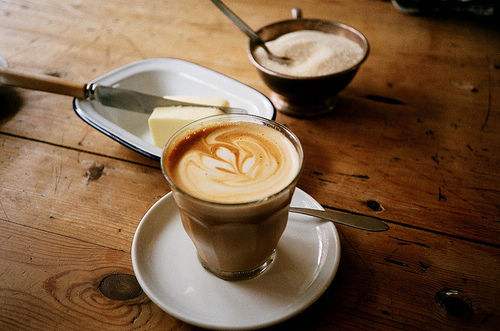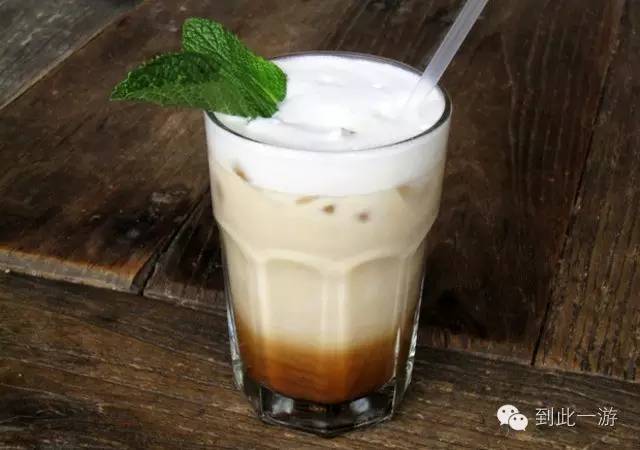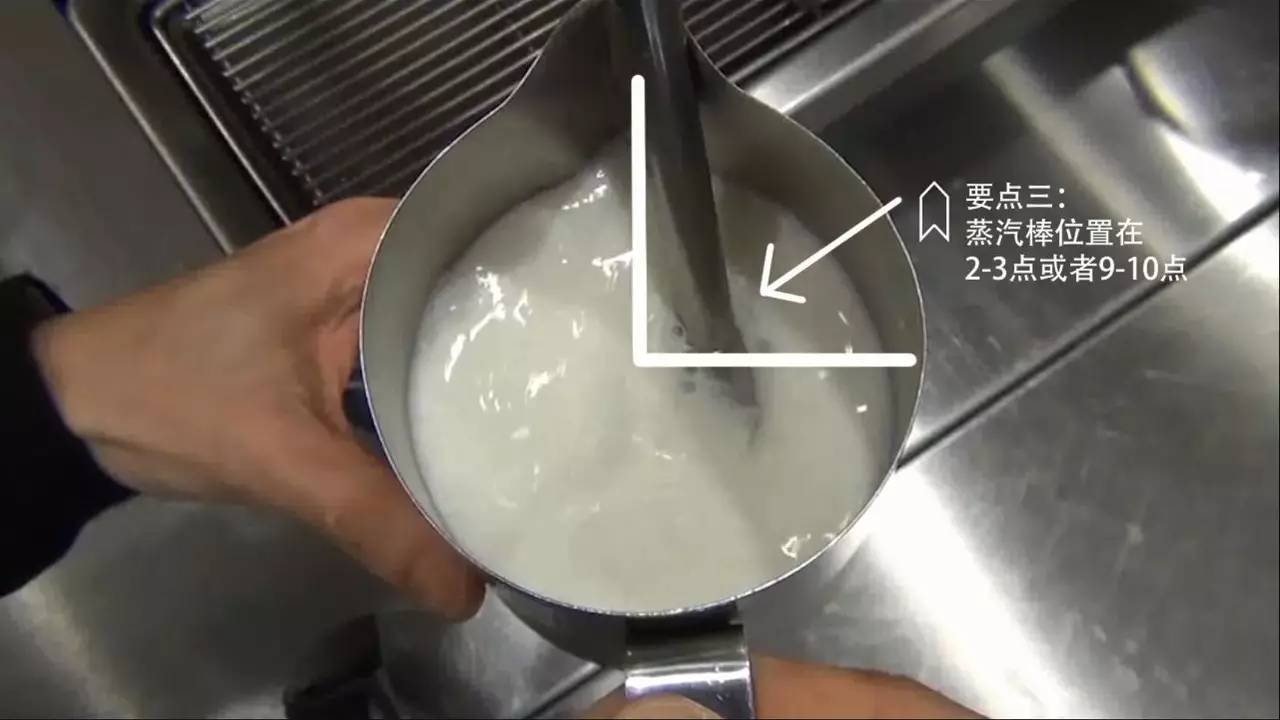How do humans create coffee? Why would you do that?
How do humans create coffee? Why would you do that? How did we get this far in coffee competitions around the world and an industry that exports 30 billion dollars a year?
In addition, how did the first, second, third or even fourth wave of coffee come from?
If you have ever thought about these questions, please be prepared. Lao WA will lead you to a brief understanding of the very short history of coffee consumption since the 14th century.

Coffee and cake
Traditional coffee consumption: guest etiquette and politics
It is difficult to trace the exact time of the first coffee consumption. It may appear somewhere in Africa and the Middle East, or it may be used as a drug or stimulant. What Laowa can be sure, however, is that in the 14th century, people in the Sufi monastery began to enjoy coffee.
In the Middle East, coffee appears in family ceremonies, either for entertaining important guests, or for family meetings and negotiations. And has been in use to this day.
During the Ottoman Empire, coffee began to be sold on the market and favored in the court. And then the cafe appeared.
As coffee spread to Europe and further developed around the world through European imperialism, the relationship between coffee and politics, male social circles and liberal thought became stronger.
From Sweden to Colombia, the ruling class began to worry that drinking was just a cover for inciting political and social unrest. Religious leaders also see cafes as places for dangerous ideas. In 1702, Salem ministers mocked "intellectuals in cafes" and suspected that witchcraft might exist.
Back in the 19th century, coffee culture began to resemble modern coffee consumption.
A woman makes coffee in the traditional Ethiopian way.
The first wave of coffee and commercialization
The first wave of coffee is becoming more and more available.
Coffee used to be an upper-class drink, mainly serving members of the royal family and intellectuals, but the first wave of coffee brought it into the kitchen.
In the 19th century, Folger and Maxwell House opened stores. Instant coffee and mocha pots also appeared during this period.
Then, at the beginning of the 20th century, coffee machines appeared. Soon after, Nescafe and freeze-dried instant coffee also began to appear. Although fast food technology already exists, freeze-drying technology enables it to remain in use for a longer time, making it easier and cheaper to transport over long distances.
More importantly, American soldiers stationed abroad have helped instant coffee consumption become more popular in countries like South Korea.
Use the mocha pot invented in 1933 to make coffee
The second wave of coffee and specialty consumption
The second wave is marked by a growing focus on coffee quality and professional experience.
Starbucks was founded in 1971, Erna Knutsen used the phrase "professional coffee" in tea and coffee trade magazines in 1974, and the American Fine Coffee Association (SCAA) was founded in 1982.
Of course, this is also inseparable from the carefully coined Juan Valdes of the International Coffee Association of Colombia. Juan Valdes, who first appeared in the late 1950s, frequently appeared in ads marketing 100% Colombian coffee, telling everyone that good coffee tastes better.
Starbucks Mermaid Light Box
The third Wave of Coffee and Origin stories
However, as a coffee producer, Juan Valdez not only influenced the second wave of coffee, but also heralded the eventual arrival of the third wave of coffee.
Until 2002, Trish Rothgeb announced the arrival of the third wave of boutique coffee.
The focus of the third wave of coffee is the story behind coffee. Including coffee varieties, producing countries, soil and water climate, processing methods, baking methods, brewing methods and so on. Consumers are beginning to realize that all this will affect the final taste of coffee. On some coffee farms, experimental treatments have also emerged in an attempt to cater to a more picky new type of consumers, such as Lao WA.
More importantly, coffee is beginning to be competitive. The Best Panama and Excellence Cup appeared in the late 1990s, while the first World Barista Championships were held in 2000. In 2004, Panamanian geisha sold at auction for $21 a pound, which later rose to $350.25 a pound.
Coffee farmers pick coffee beans by hand
Is there a fourth wave?
The word "fourth wave" has caused controversy: some people think that it does not exist outside the market. Others believe that this can be used to show that people are more likely to use technology and science in the coffee brewing process.
However, most people now think that we are still in the third wave of coffee.
So,
This is the short history of coffee over the past 600 years.
And we,
Or it is at the beginning of a new 600 year.
Important Notice :
前街咖啡 FrontStreet Coffee has moved to new addredd:
FrontStreet Coffee Address: 315,Donghua East Road,GuangZhou
Tel:020 38364473
- Prev

Five ways to use leftover coffee to give coffee a second life.
In the past, we used to make a cup of instant coffee to boost our energy when we were busy at work; later, people prefer to pack a cup of freshly ground espresso nearby; now, more and more coffee lovers join in making their own cup of coffee, hand-brewed or cold, but friends who make their own coffee at home should have a similar experience, that is, sometimes we
- Next

2017 milk foam detailed tutorial illustration sharing
The most important part of coffee flower pulling can be said to be the milk foam, even if you have a superb flower pulling technique, it is difficult to create a pleasing pattern in the face of a jar of slag milk foam. In addition, many coffee lovers who are attracted by pulling flowers are also stuck in the step of making milk foam, and many people give up interest in pulling flowers because of this. This time, I bring you
Related
- Beginners will see the "Coffee pull flower" guide!
- What is the difference between ice blog purified milk and ordinary milk coffee?
- Why is the Philippines the largest producer of crops in Liberia?
- For coffee extraction, should the fine powder be retained?
- How does extracted espresso fill pressed powder? How much strength does it take to press the powder?
- How to make jasmine cold extract coffee? Is the jasmine + latte good?
- Will this little toy really make the coffee taste better? How does Lily Drip affect coffee extraction?
- Will the action of slapping the filter cup also affect coffee extraction?
- What's the difference between powder-to-water ratio and powder-to-liquid ratio?
- What is the Ethiopian local species? What does it have to do with Heirloom native species?

